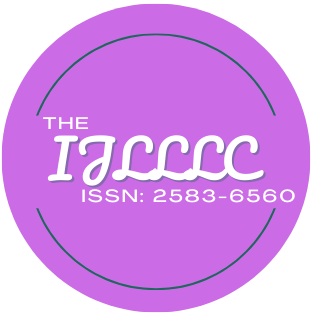| Title: THE STYLOMETRY OF RETROSPECTIVE MODEL NARRATIVE AND THE TELEGRAPHIC STYLE OF EXPERIENCE IN NAWAL EL SAADAWI’S WALKING THOUGH FIRE: THE LATER YEARS OF NAWAL EL SAADAWI (2002) |
| Authors: Souleymane Diallo ,Senegal |
| Abstract: Through a multidimensional model’s analysis, inside a multifunctional narrative organization and within a multiform structural analysis, the framework of stylistics in the esoteric knowledge of Walking Through Fire, stands as a model-view-device that categorically focuses on the differentiation concerning the cumulative and formation constant of information representation and the equilibrium contact within information is presented and performed in the narrative discourse. In effect, across the model theory of point of view within is engrossed the ideological assessment, spatial and temporal continuum and the psychological operation, the realm of stylometry involves an experiment set for a meticulous model of language. Therefore, stylistic analysis impels the domain of structural narratology to frame the properties considered inside the progress of the narrative to propel the models of the theory, the affiliation of distinctive models to each other and their interaction with structural linguistic and formal language. Therefore, the traditional narrative and modern narrative background inserted in the narrative interactive design and narrative discourse, become a combinatorial principle and a composite reflective configuration that determine the incontestability clause of stylistic analysis as a method of examining systematically and in aspect the constitution of both literature and language. By this way, the realm of intentionality through the techniques of representation, system of cognition and the content of representation, embodies in this narrative an associate and illuminate direction, which ultimately upholds a retrievable procedure of analysis. This creative process involved in the composition process, text structure and data model of this narrative, develops a relational model that stimulates the connection between evaluation and understanding. |
| Keywords: African language, foreign languages, form, function, status. |
| DOI: https://doi.org/10.59009/ijlllc.2022.0005 |
| PDF Download |
